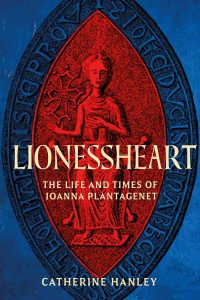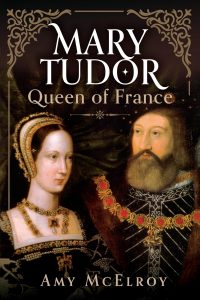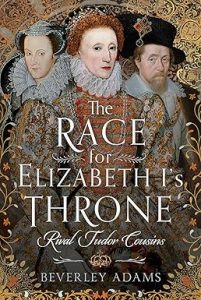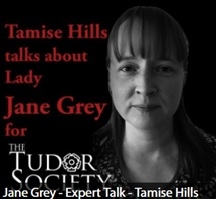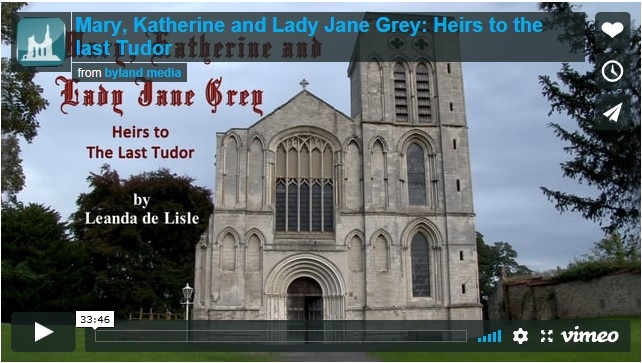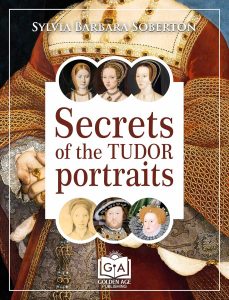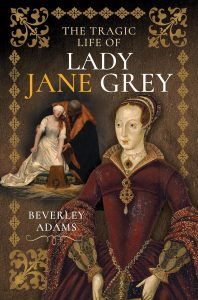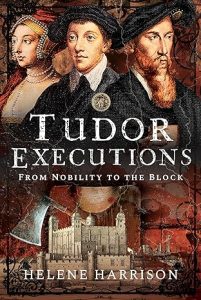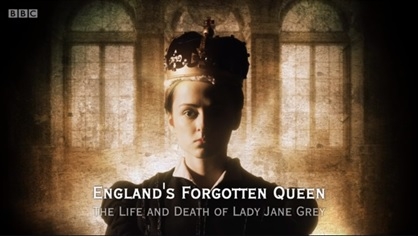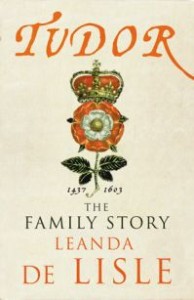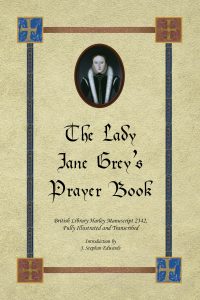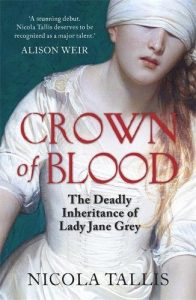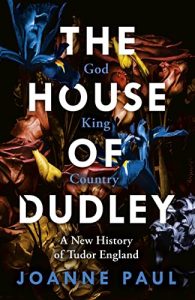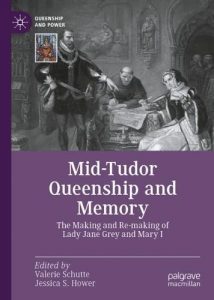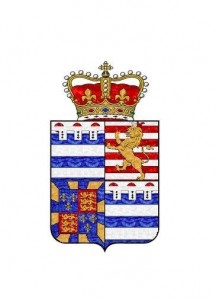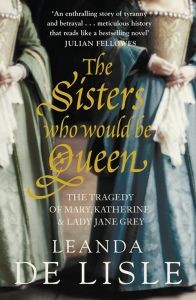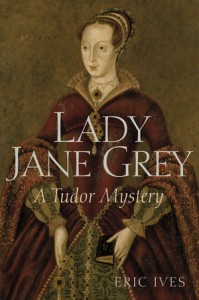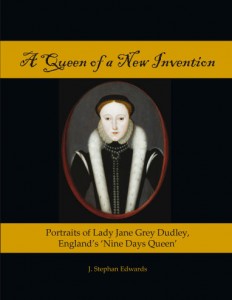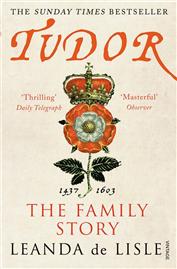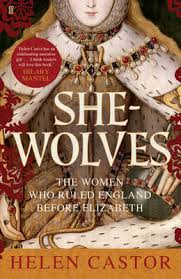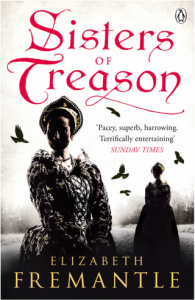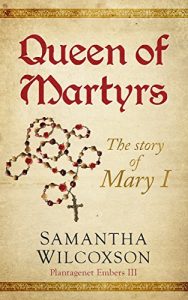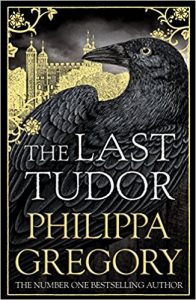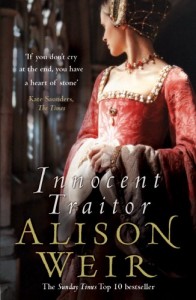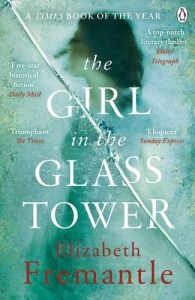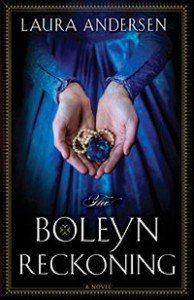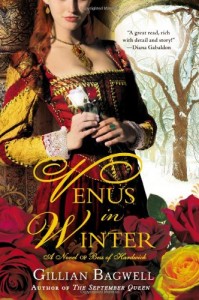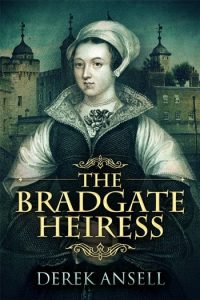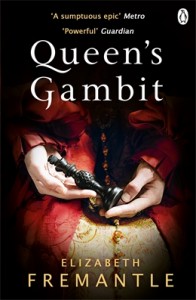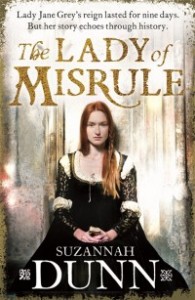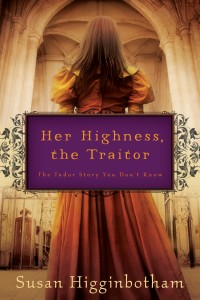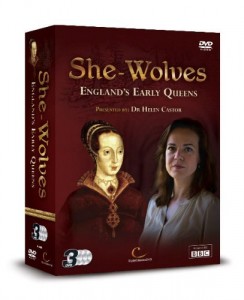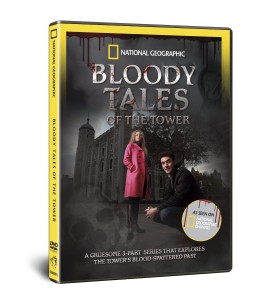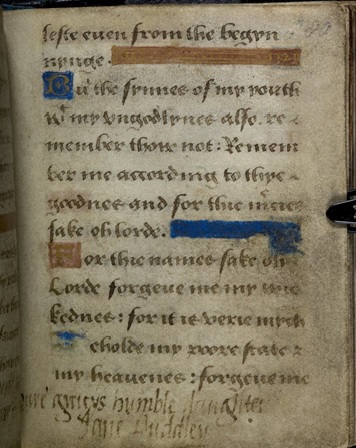Two weeks ago I went to ‘The Lost Prince Exhibition’ at the National Portrait Gallery. It was wonderful and a must see!
The Sunday Times Culture writes:
‘Four hundred years after Henry’s death in 1612, the National Portrait Gallery is staging the first exhibition devoted to him. There have been other lost princes in our national history – the Princes in the Tower; the Black Prince; Henry VIII’s older brother, Arthur, whose survival and ascension to the throne might have taken English history in a very different direction – but none has vanished so completely as Henry Stuart.’ (p.6, Sunday Times Culture)
This exhibition, with its wide ranging portraits of, items belonging to and items that the Prince himself collected means that this lost Stuart Prince is no longer forgotten.
These are my highlights from the exhibition:
Room 1 – A New Royal Family
‘The most happy unions contracted betwixt the princes of the blood royal of theirs towe famous kingdoms of England and Scotland’ by John Speed.
This engraving of James’ family tree shows that he was descended from Henry VII on both his father’s and mother’s side. According to the NPG ‘some of the portraits are fictional, while others are based on earlier images.’ Portraits include Margaret Countess of Lennox, Margaret Tudor, Elizabeth of York and Henry VII.
The room includes the following portraits:
Prince Henry Frederick
1594-1612
Unidentified artist
‘Only known portrait of Prince Henry to have been painted during his childhood in Scotland (aged 2 years old) (NPG).
Prince Henry
Marcus Gheeraerts the Younger
James VI
c 1606
John de Critz the Elder
Anne of Denmark
c1605-10
John de Critz the Elder
Princess Elizabeth
1603
Robert Peake the Elder
Charles I
c1610
Robert Peake the Elder
James VI miniature
Nicholas Hilliard
1609-15
Anne of Denmark miniature
Isaac Oliver
1612
Also on display are two letters:
Letter from King James I to Prince Henry
1604
Letter from Prince Henry to Queen Anne
22 September 1603
From Nonsuch Palace
Read more at National Portrait Gallery – A New Royal Family
Room 2 – The Making of a Prince
The highlight of this room for me was Prince Henry’s copy-book, dating from 1604-1606.
‘This is a copy-book in which Prince Henry practised his handwriting. On the left hand page are flourishes, letters, latin phrases and his own signature, on the right hand page he was copied out, repeatedly a passage in latin.’ (NPG)
You can view it at the NPG website:
National Portrait Gallery – The Making of a Prince
Also on display is a marvellous painting of:
Prince Henry with Robert Deveraux (3rd Earl of Essex)
1605
Robert Peake the Elder
And a fascinating and colourful document:
Letters Patent of James I, creating his son Henry Prince of Wales and Earl of Chester
4 June 1610
Room 3 – Festivals, Masques and Tournaments
This room includes 2 suits of armour that belonged to Prince Henry.
Prince Henry’s armour
1608
Prince Henry’s armour for the field, tilt, tourney and barriers
1608
The suit is described as ‘blued steel, gilt brass, copper-zinc alloys.’ ‘It is decorated with emblems of the kingdoms to which the Stuart royal family laid claim: the Scots thistle, English Tudor Rose, and the French fleur-de lys…The thistle is dominant, reflecting Henry’s Scottish birth.’ (NPG)
You can view one of the suits of armour at the NPG website:
>Room 3 – Festivals, Masques and Tournaments
Alongside the two suits of armour is a miniature portrait of Henry wearing a suit of armour. According to the NPG this suit of armour is still in the Royal Collection today.
Prince Henry in French armour (miniature)
1607
Also on display are various miniatures, including the one used in all the publicity for the exhibition.
One of only 2 known miniatures of Prince Henry by Nicholas Hilliard.
2 miniatures of Prince Henry
1610-12 and 1612
Isaac Oliver
The rest of the display features sketches for various masques commissioned by Queen Anne and Prince Henry.
Anne of Denmark in Masque Costume
Isaac Oliver
1610
Henry Prince of Wales in profile
Isaac Oliver
1610
Read more at Festivals, Masques and Tournaments
Room 4 – Princely Collecting
2 sketches by Hans Holbein
Henry Prince of Wales
1610
Robert Peake the Elder
Prince Henry on Horseback
1606-08
Robert Peake the Elder
Read more about Henry’s collection – National Portrait Gallery – Princely Collecting
Room 5 – Prince Henry and the Wider World
The highlights of this room were a painting commemorating ‘the departure of Princess Elizabeth and Frederick V Elector of Palatine, following their marriage in February 2013.’ (NPG)
The Embarkation of the Elector Palatine in the Prince Royal from Margate
25 April 1613
1622
Adam Willaerts
You can view the painting at National Portrait Gallery – Prince Henry and the Wider World
There are also miniatures of:
Christian IV King of Denmark
Uncle to Prince Henry
Jacob van der Doort
1606
Frederick Elector Palatine
Isaac Oliver
1612-13
Room 6 – ‘Our Rising Sun is Set: the Death of Prince Henry
After the last few rooms with paintings showing the Prince as an active young man, the final room comes as a shock. Dimly lit with funereal music playing it brings home the tragedy of the death of the Prince of Wales.
The focus of the room is the remains of the funeral effigy used at Prince Henry’s funeral. The wooden figure is missing its head and hands. According to the NPG it is the ‘first known funeral effigy of a royal heir.’
You can view the effigy at the National Portrait Gallery’s blog.
Also on display is an engraving of the Prince’s hearse bearing the effigy in the funeral procession by William Hole (1612, engraving on paper).
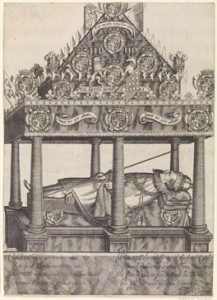
The Hearse of Henry, Prince of Wales(c) The Trustees of the British Museum
In ‘Henry Prince of Wales and England’s Lost Renaissance’, Roy Strong writes:
‘Scarcely a decade after the death of Queen Elizabeth I in March 1603 the streets of London echoed once again to sounds of grief as a cavalcade bore the body of a king-to-be. James I’s eldest son, Henry Prince of Wales, was eighteen when he died on 6 November 2012. The sense of tragic loss at the time was such that he was to remain for long an ideal monarch England never had. And what a procession it was. Over a mile long, with some two thousand mourners in black, including all the members of his household and his friends, it took no less than four hours to marshal. Out of the Prince’s red-brick Tudor palace of St James’s it wended its way to Westminster Abbey amidst an ‘Ocean of Tears.’ Isaac Wake, secretary to ambassador Dudley Carleton, describes the climax: a chariot drawn by six horses, preceded by armorial banners and insignia, over which knights carried a mighty canopy:
…vnder that laye the goodly image of that lovely prince clothed with the ritchest garments he had, which did so liuely represent his person, as that it did not onely draw teares from the severest beholder, but cawsed a fearefull outcrie among the people as if they felt at the present their iwne ruine in that loss. I must confess never to have seen such a sight of mortification in my life, nor neuer so iust a sorrowe so well expressed as in all the spectators whose streaming eyes made knowen howe much inwardly their harts did bleed.
In the Abbey stood ‘a great stately hearse’, six ionic pillars supporting a pyramidal structure decked with a profusion of banners, arms and mottoes. Within it reclined a slight figure, the diadem of his principality of Wales on his head, and the verge or rod of office, also bestowed on him at his investiture, in his right hand. The effigy lay enfolded in a velvet-lined mantle with the chain of the Order of the Garter encircling his shoulders.’ (p7. Strong)
The room also includes portraits of the Royal family in mourning.
Anne of Denmark
Unknown
1628-1644
Princess Elizabeth
Unknown
1613
Princess Elizabeth ‘wears a black arm band, indicating her mourning for her brother.’ (NPG)
‘Also on display is one of a number of surviving early copies of the autopsy findings’ (NPG).
The exhibition ends with a portrait of Henry.
Henry, Prince of Wales
Daniel Mytens after Isaac Oliver
Oil on panel, 1628
Sources
National Portrait Gallery – The Lost Prince: The Life & Death of Henry Stuart – Explore the Exhibition
National Portrait Gallery Blog – Rediscoverng Henry’s ‘body’
‘Henry Prince of Wales and England’s Lost Renaissance’ by Roy Strong, Thames and Hudson, 1986.
‘Portraits of a Lost Prince’ by Christopher Hart, The Culture – The Sunday Times – 30/09/2012


